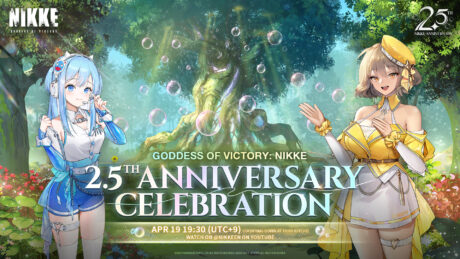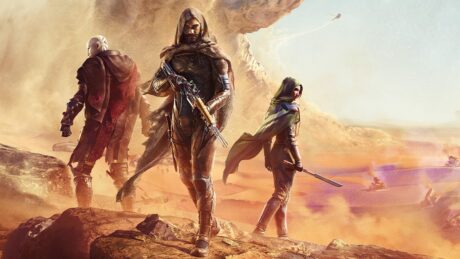Art Director Jeremy Vitry shares insights on the visuals of the strategy title
With Dune: Spice Wars set for release on April 26 via Steam Early Access, publisher Funcom and developer Shiro Games hope the game’s art direction helps create an experience that speaks to fans.
Art is a critical component of any AAA game, and to understand what makes the forthcoming 4X and real-time strategy hybrid game tick visually, Art Director Jeremy Vitry shared more about his role, his inspirations and insights about art in the development process.
What was the first official art that you worked on for the project?
The very first piece of art we made for the project was a large scale view of Arrakis along with a fake in-game mockup in order to set up the mood. It has obviously changed quite a lot since then, but we tried to keep that stylized look throughout the whole production.
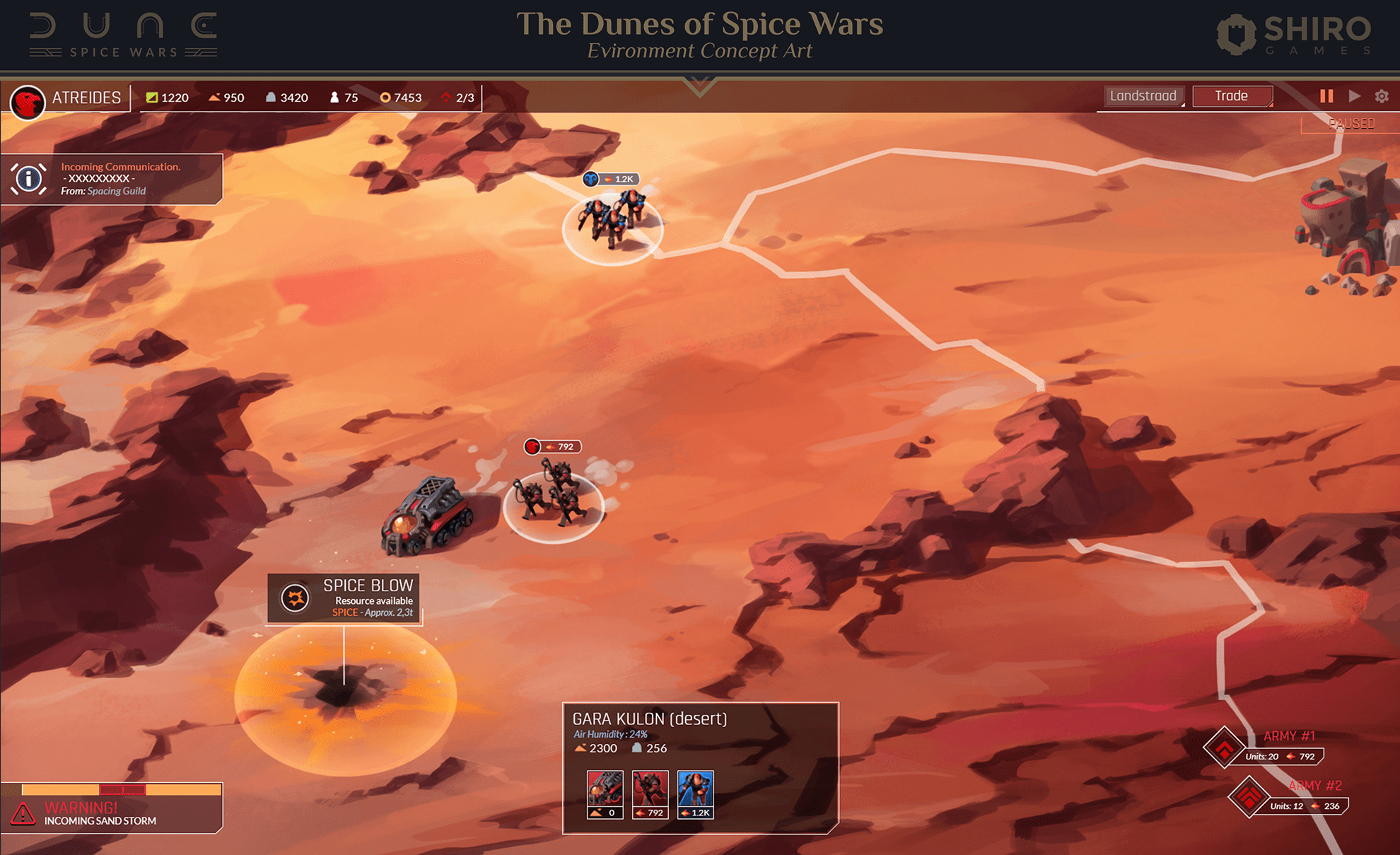
What were some of your main inspirations when developing the art style for Spice Wars?
Our first idea was to make something that didn’t look like any of the previous Dune games but one that maintained Shiro Games’ touch and to make things more stylized than the usual 4X games. We also decided to add a hint of “Art-Deco” feel to the overall designs, mostly for the user interface but also slightly incorporated into the characters and props, that way it would make our game stand out a bit more in terms of art direction because that’s not something you see everywhere.
Was there any inspiration from the older movies or games?
We tried to keep some distance from the previous Dune material out there because we really wanted to have our own take on it and express our own style. Plus, obviously having the opportunity to work within this world on Herbert’s legacy is a once-in-a-lifetime chance to express ourselves and make our own mark within this universe as video game developers.
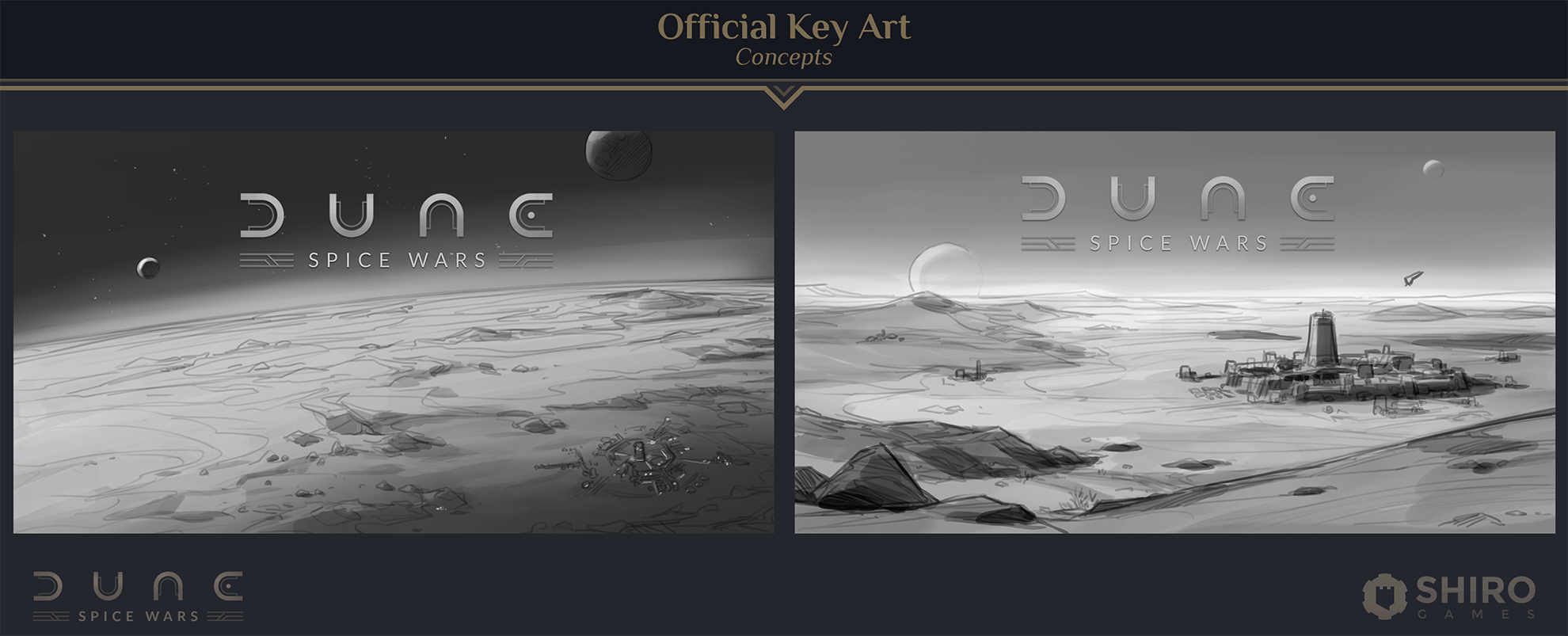
Was there ever a point where the game or characters looked distinctly different from their final design?
Well, the game most definitely changed a lot since the early stages of development due to our iteration process and all the trial and error we had to go through in order to find something that actually looks like what we had in mind when we started.
Oddly, the characters didn’t change that much during development – apart from some small tweaks here and there – because we knew from the start that we would have a lot of them to make and changing a character too much can have huge implications down the line (in terms of textures, rigging, animation etc..)
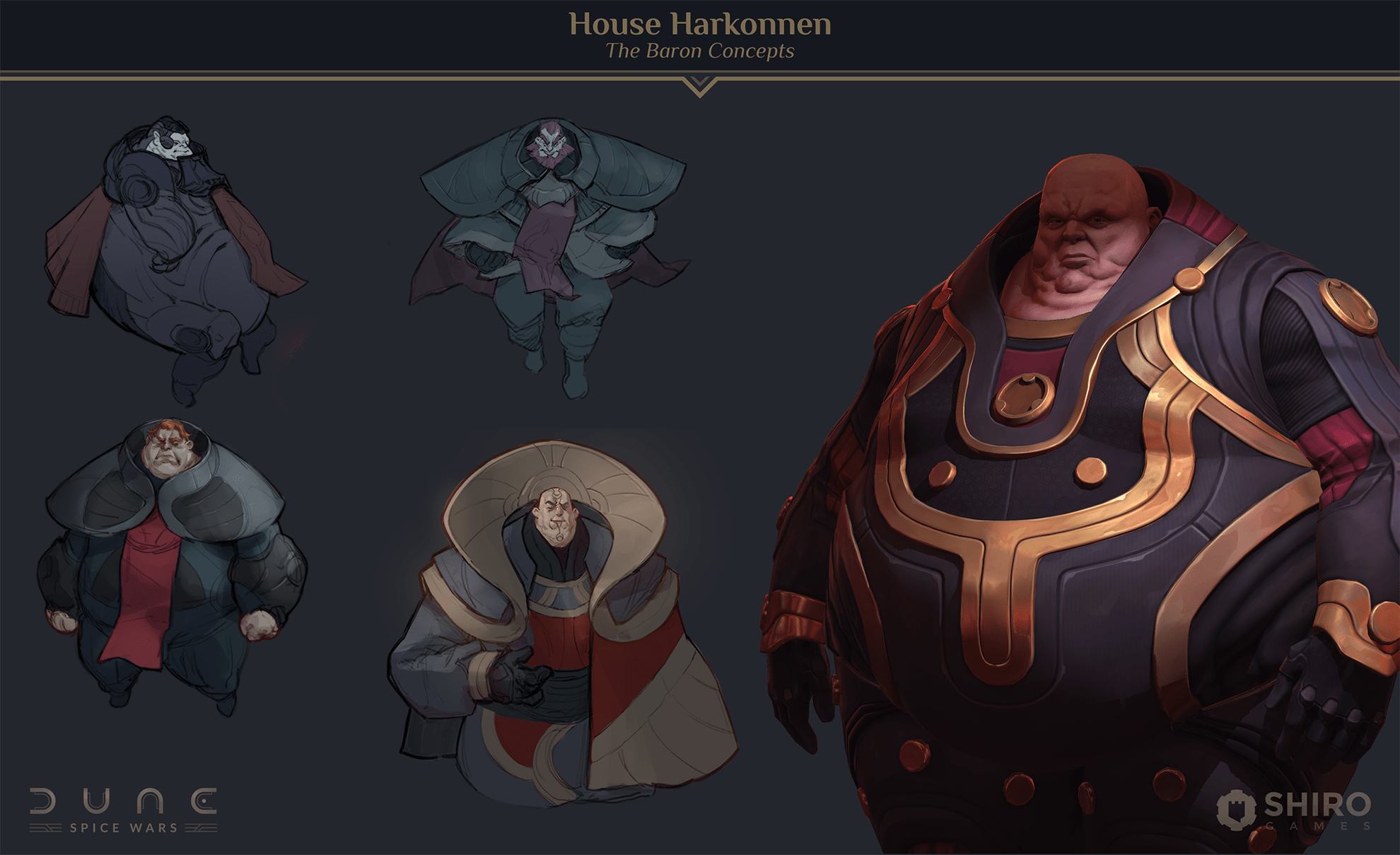
With Dune being such a well-known and beloved universe, did you face any challenges in developing a unique style for the game?
Actually, yes, it was really hard to not take into account all of the incredibly cool stuff that was already out there on the Internet, and yet we had to make something unique, different and as great as possible!
Another huge part of that challenge was the fact that everyone already has their own vision of what Dune-related things would look like, so the pressure of making something not too crazy and still appealing to the players that fit into this universe was definitely a tough one!
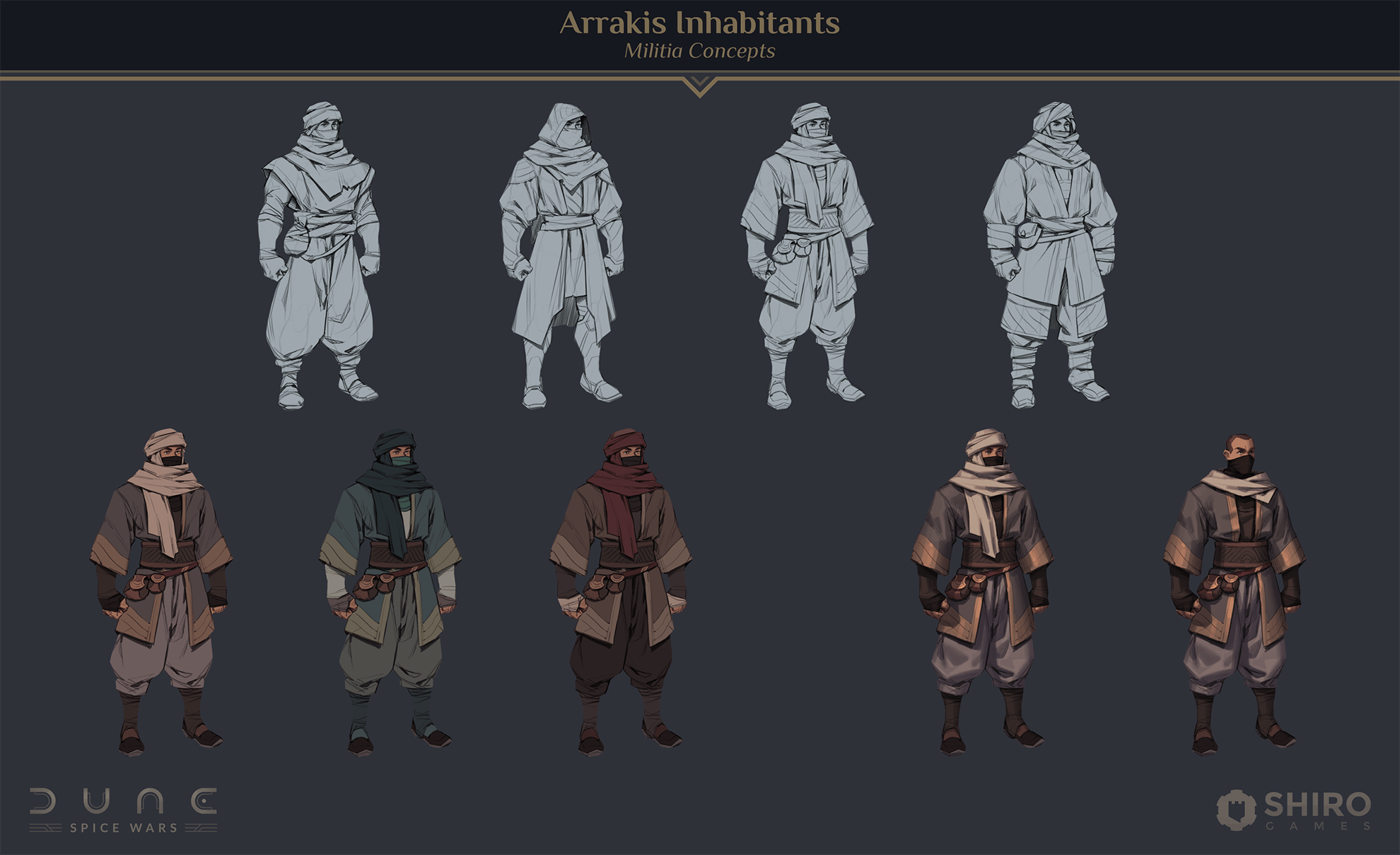
What other challenges did you face whilst working on the game’s art?
Being consistent in the art direction is really a difficult task, and that’s the case every time we start working on a new project because we gather a lot of references at first, then we have to sort everything and make a decision on what we should aim for. But as the development goes, our vision becomes clearer, more-precise and some of the early work can become more and more irrelevant over time so we had to be extra careful with that particular aspect of the game. On top of that, we also had to make each faction look unique and this took a little while to achieve.
Another obvious challenge for us was the environment: Arrakis is basically a desert planet, and we didn’t want the player to spend countless hours looking mostly at sand dunes, so our first goal was to explore different kinds of desert biomes and see how much variety we could bring in order to make the map less boring, less uniform. Added to the fact that the world has to be procedurally generated in order to look different every time, it becomes an even more complex task.
The scale of the world wasn’t easy to get right at first, we didn’t like the more-realistic version of having tiny units and bigger cities & villages, and on the other hand, we didn’t want the more cartoony exaggeration of having way bigger units and smaller buildings so we
tried to find a middle ground that ended up working for everyone in the team!
Lastly, Dune: Spice Wars is the first game in which we have animated and detailed characters in the front of the screen (the faction leaders), so that required a much-larger amount of work than we were used to in order to reach the level of quality we wanted.
What major differences did you experience between working on an original IP vs working on a well-known licence such as Dune?
The main difference is obviously that we had to stick to the existing material and that meant cutting a lot of ideas that we had in the first place and being more careful about what we wanted to show and how we would show it.
Working on an original IP means that we can basically make our own decisions every step of the way and that is something we can’t have if the project is a licensed one. That being said, it was really cool to work with these constraints because it made us come out of our comfort zone, for the better!
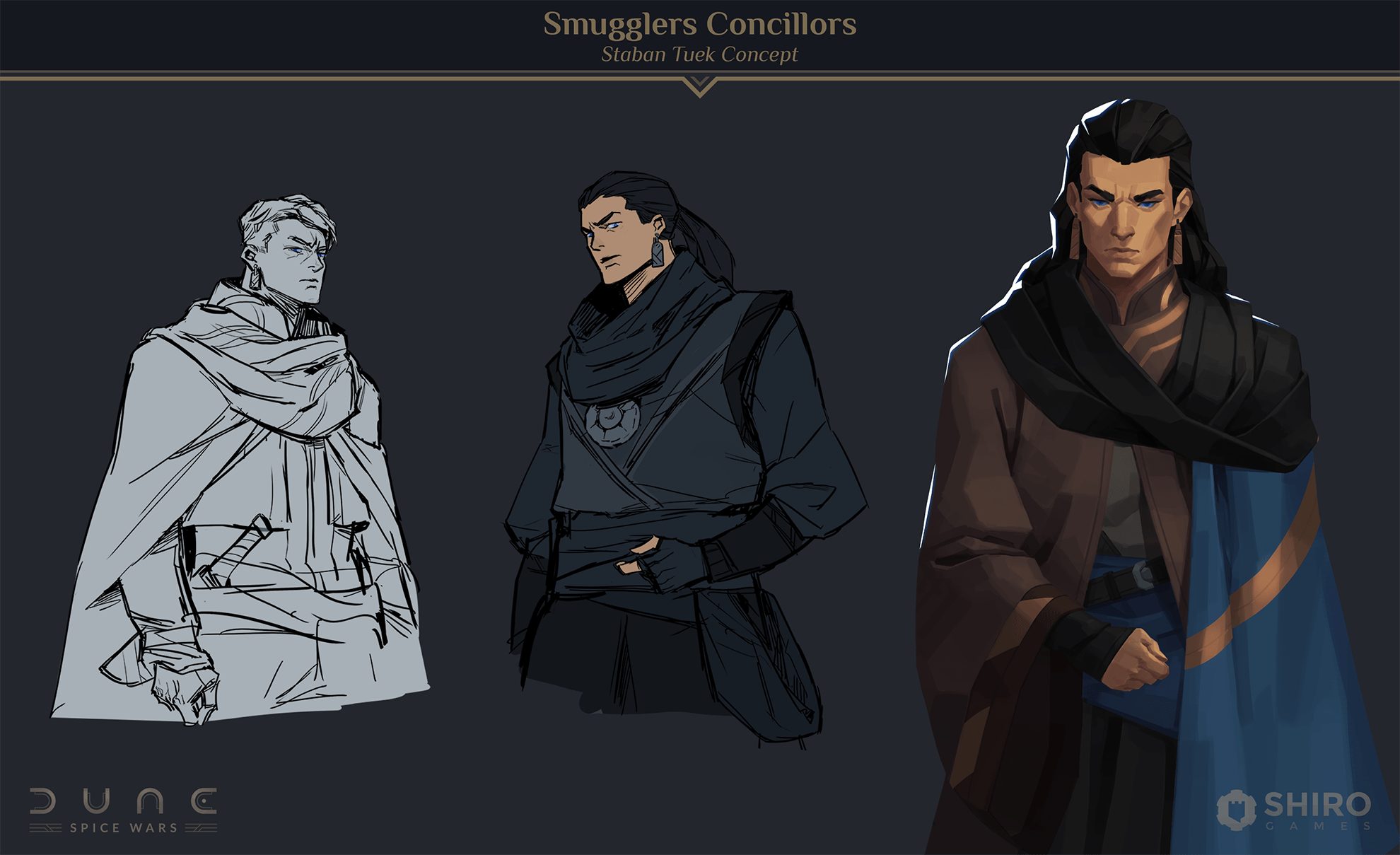
Were there any underlying themes or motifs you were hoping to convey with your art?
We really wanted to make the game enjoyable for a wide range of players by making it a bit more colorful and vibrant than people would expect from a 4X/RTS game based on Dune. That is something we tried to convey with our previous games as well, and we wanted to keep that kind of appeal.
We think the addition of the “Art-Deco” theme was a great idea in order to bring finer details and subtlety to the overall look of the game, to make it more refined and elegant. It is also our way of saying “the game looks accessible, but there’s more to it behind the curtain”.
We also tried to put a hint of the “cold-war propaganda poster” feel to some of the illustrations, especially on the political aspects of the game.
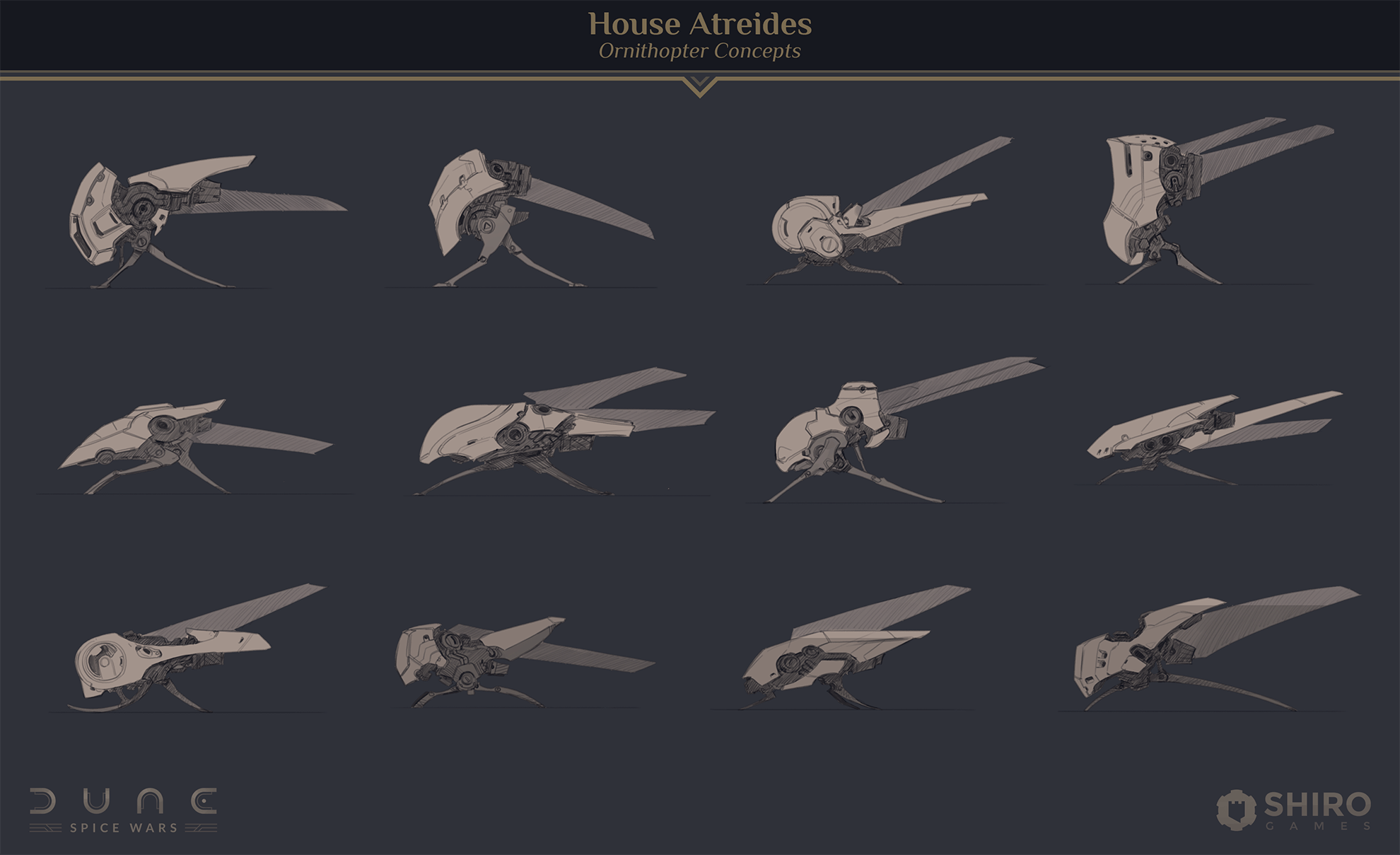
What has been your favourite part of your experience working on the project?
Well, the fact that we actually got to work on the Dune universe was really exciting and already a huge deal for all of us here! Having the chance to bring our own ideas and design to such a sci-fi masterpiece certainly was the most fun part of this experience, for me at least.
Dune: Spice Wars will enter Steam Early Access on April 26, and can be wishlisted now.
